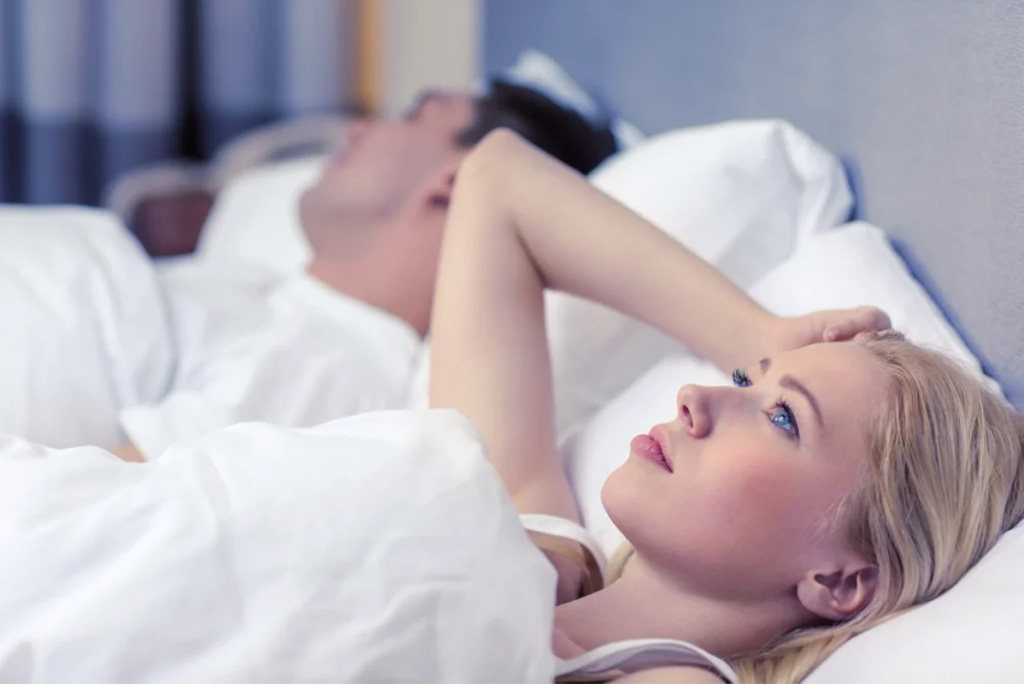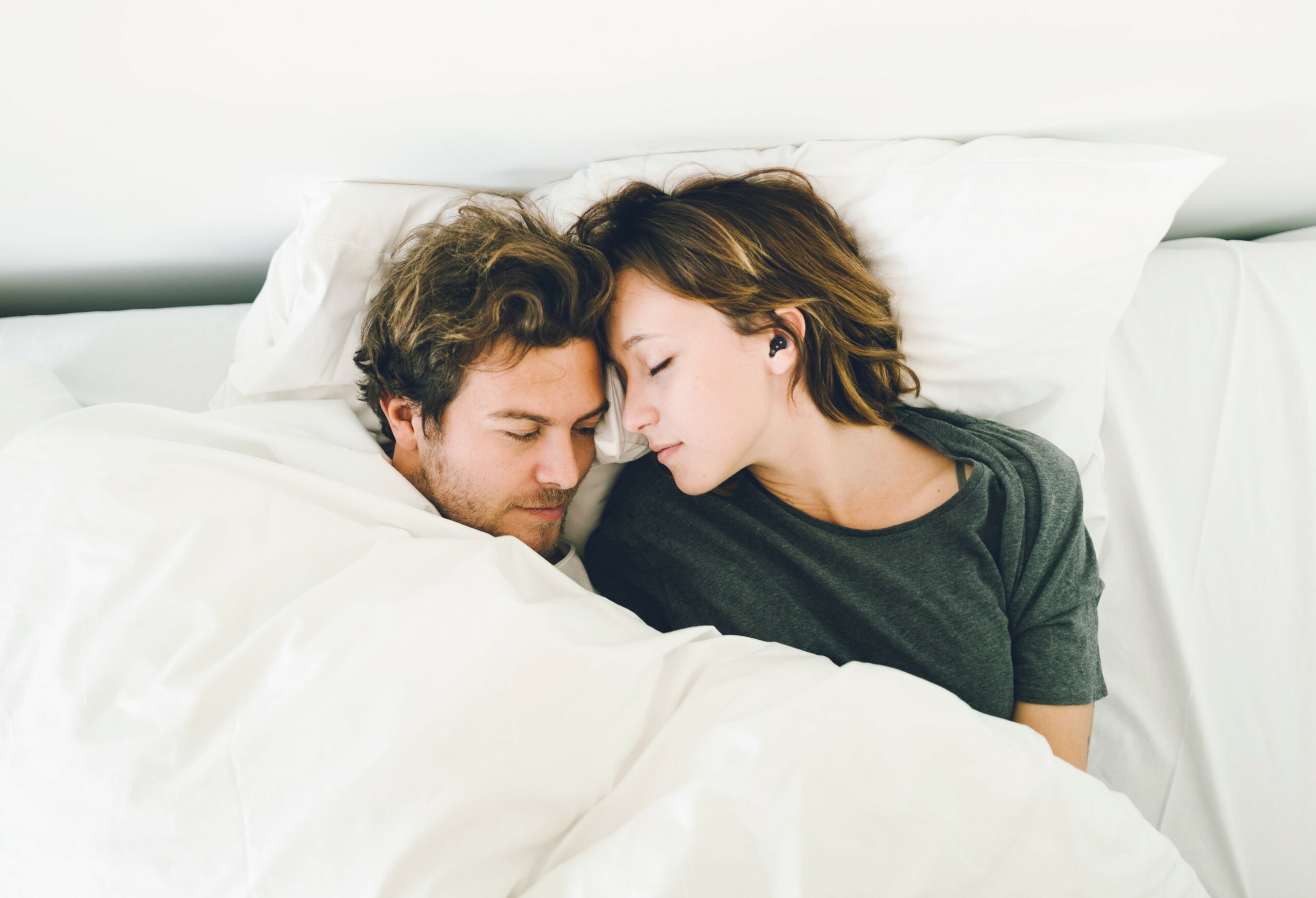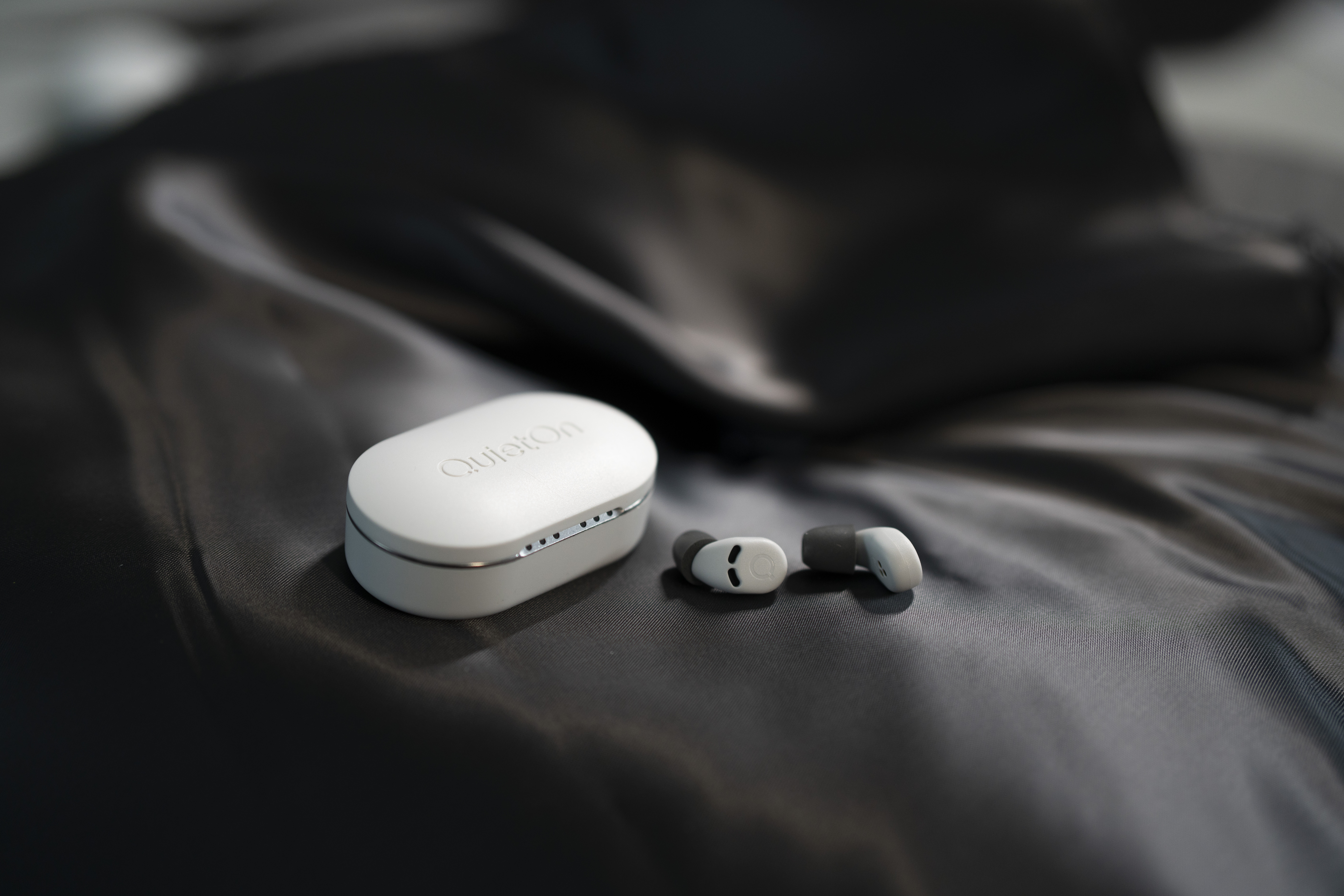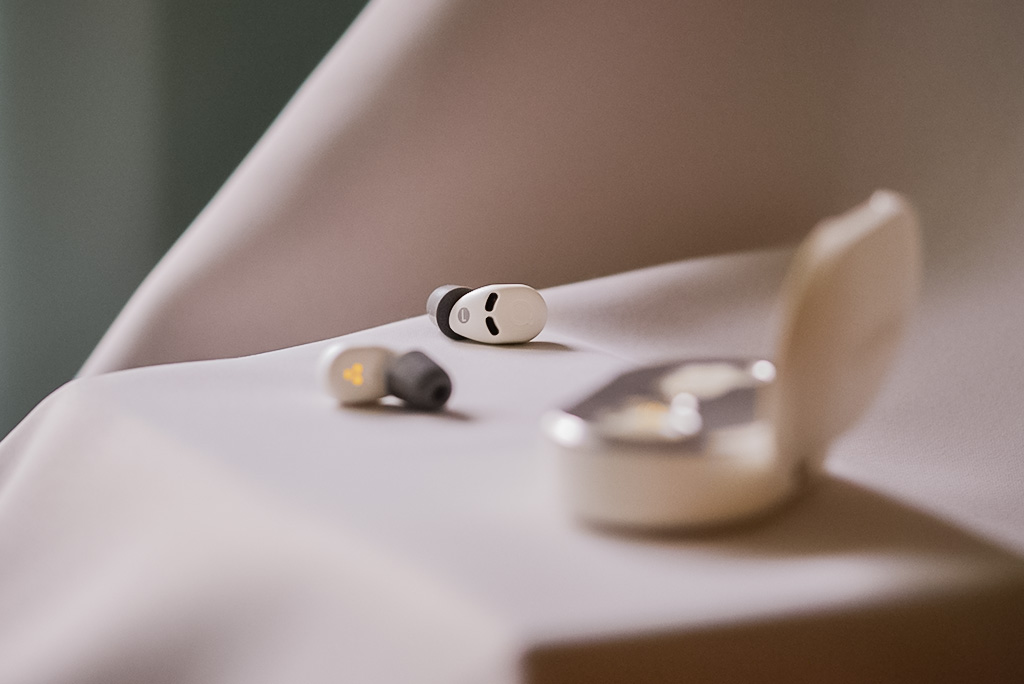Your cart is currently empty!
Light sleep – Stages of sleep
We go through different stages of sleep during the night and each one has its own unique functions for overall wellbeing. Most often people worry if they are getting enough deep or REM sleep. However, another stage in the sleep cycle often gets overlooked. That is light sleep.
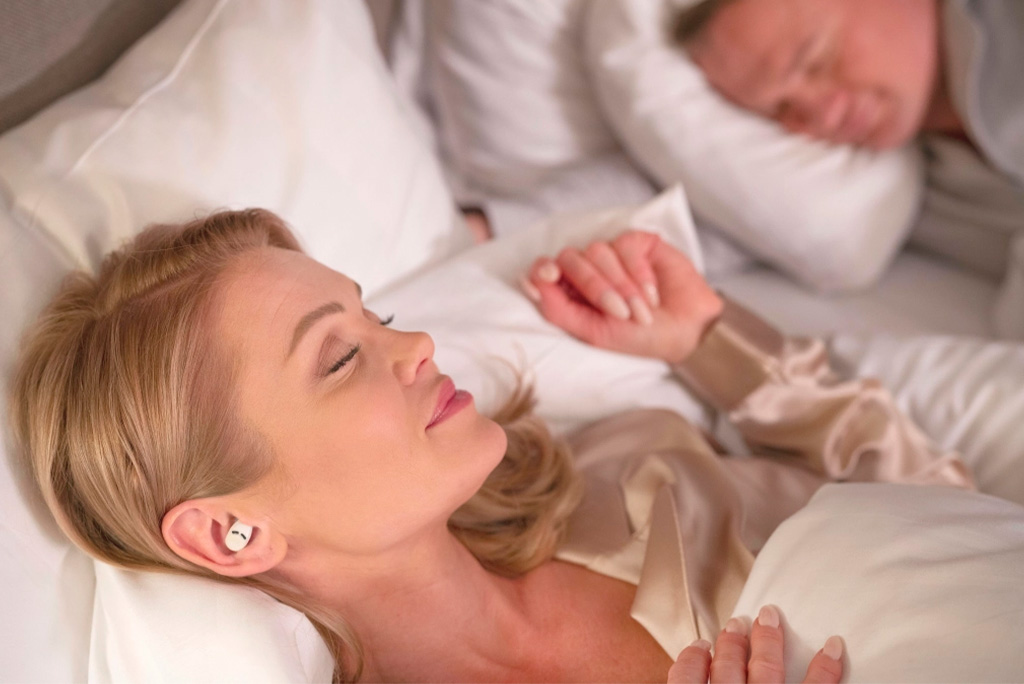
What happens during light sleep?
Light sleep is one of the so-called NREM (short for non-rapid eye movement) stages of sleep. This is in comparison to REM sleep which is characterized by rapid eye movement under the eyelids.
We go through about 3-5 sleep cycles every night, each lasting approximately 90 minutes. The amount of light sleep in a single sleep cycle gets longer one cycle after the other. The first round of light sleep usually lasts around 10-15 minutes.
As you drift into the light sleep stage, your muscles begin to relax. If your muscles ever jerk suddenly, this occurs during the light sleep stage. You will experience so-called sleep spindles, bursts of brain activity, as well as larger K-complexes. Although you may already dream during the light sleep stage, your dreams are harder to recall later compared to dreams during REM sleep.
Why is light sleep important?
Because of its name, some people seem to think that light sleep does not matter for your health. This could not be any further from reality. Here are some of the benefits of light sleep:
Learning and creating new memories
When you sleep, memories are moved from your short-term memory to long-term
memory. That way it is easier to retrieve a certain piece of information or recall a
pleasant experience. On the flip side, insufficient light sleep will make memorizing and learning new things more difficult the next day.
Physical and mental recovery
Just like the REM and deep sleep stages, light sleep is crucial for recovering from the previous day’s challenges and preparing for the next. Cellular repair occurring during light sleep is essential for growing new muscles and recovering from exercise. In addition, with enough light sleep, our cognitive abilities are improved, including creativity and problem-solving. A sufficient amount of light sleep supports your well-being, while not getting enough light sleep puts a strain on your immune system and increases the risk of obesity, diabetes, and cardiovascular disease, for instance.
Daytime tiredness
In comparison to the other stages of sleep in our sleep cycle, we get more light sleep than deep sleep and REM sleep. About half of our nightly sleep consists of light sleep. Therefore, the amount of light sleep has a significant effect on the overall time spent asleep during the night.
Get enough of all sleep stages
As you might have guessed, waking up is quite easy during the light sleep stage of a sleep cycle. External stimuli can easily pull you out of the light sleep stage. On top of that, certain sounds are particularly effective at waking you up during all stages of sleep, not just light sleep.
QuietOn’s noise-canceling earbuds are designed to block out outside noise that can
disturb your slumber. The active noise-canceling technology (ANC) of the QuietOn 3.1. sleep earbuds are effective at blocking out snoring, loud neighbors and other unwanted distractions.
Rather than trying to optimize the amount of light sleep you are getting, try to get
enough overall sleep each night. For most adults, the recommended time spent sleeping is between 7 and 9 hours. Just remember that the amount of sleep needed for optimal health is individual.
What about deep sleep and REM sleep?
As you have now learned, light sleep is crucial for our overall well-being. Stay tuned and learn more about different stages of sleep, such as deep sleep and REM sleep, from our blog.


